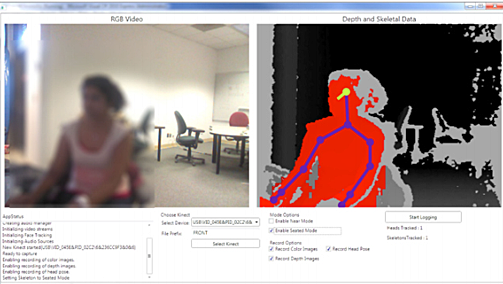Doctors at UCSD are using Kinect for Windows as part of their medical tools

Kinect started off for Xbox 360, but it's morphed since then to adapt to the newer Xbox One as well as Microsoft's operating system. There seems to be no end to the uses the device can be utilized for. However, the medical field is one of the most specialized industries around and adoption of new technology can be hard to find, with the rigorous requirements involved.
Now the doctors at the University of California at San Diego have managed to find a way to incorporate Kinect for Windows into their job. "The project, called Lab-in-a-Box, is the brainchild of UCSD researcher Nadir Weibel and his colleagues at the San Diego Veterans Affairs (VA) Medical Center", the Kinect team explains.
The device is essentially being used almost as a baby-sitter, monitoring the doctor's visit with a patient. What it's looking for is the human contact, making sure that each physician is paying attention to the patient as opposed to spending too much time at the computer screen.
"The Kinect sensor plays a key role in the process, as its depth camera accurately records the movements of the physician’s head and body. An independent eye-tracker device detects the doctor’s gaze, while a microphone picks up the doctor-patient conversation".
All of this is captured and used to analyze against the doctor's computer usage and a detailed report is formed that allows everyone to know what is really transpiring in that room. It was created to help deal with today's increasingly digital world and ensure that the relationship between doctor and patient doesn't suffer.
The setup is still being tested and is only used with permission from both doctor and patient. It's an interesting concept and perhaps part of the future, though no doubt some people will have privacy concerns -- after all we aren't all comfortable getting undressed as a camera watches on.
